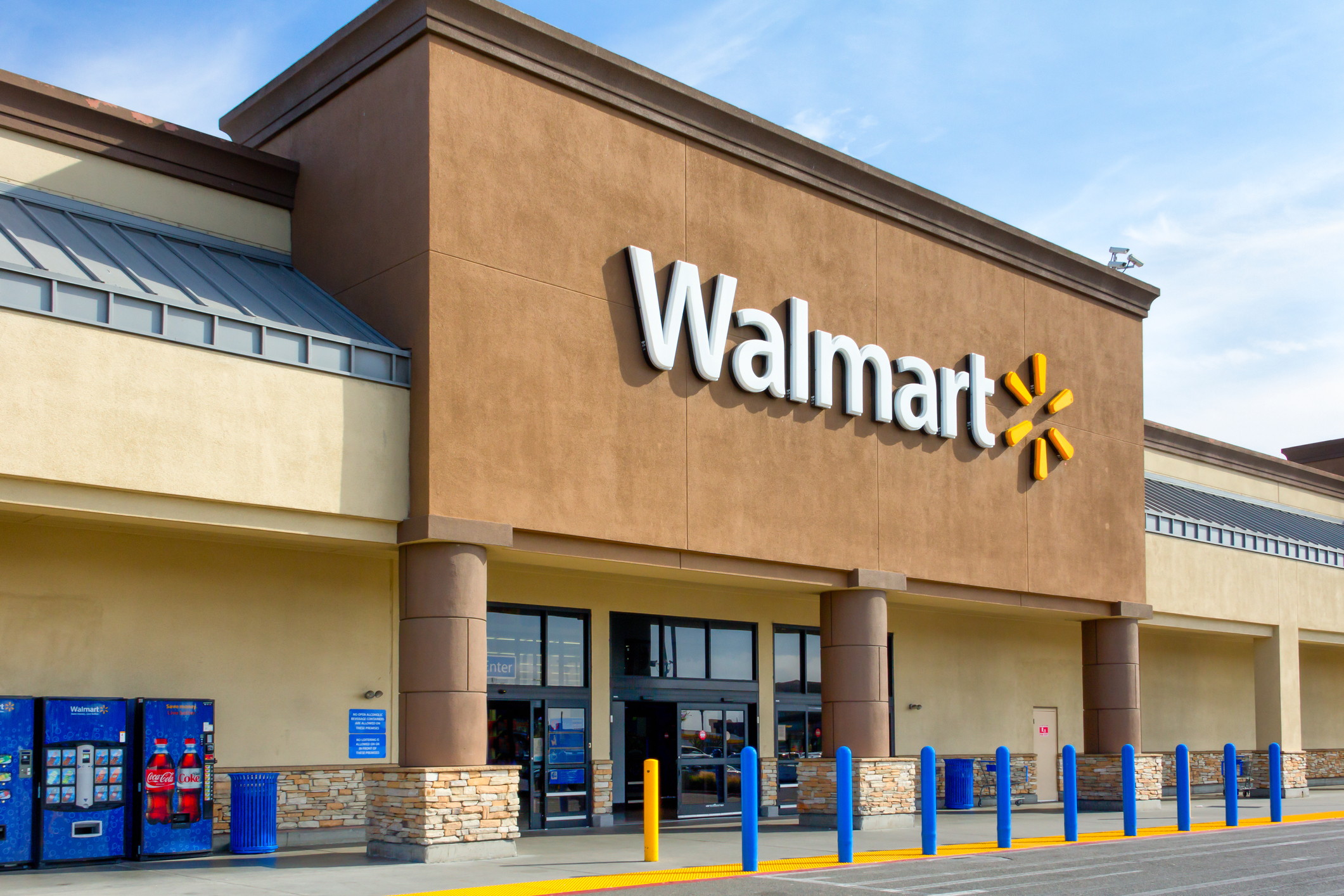
iStock.com/Wolterk
Walmart Self-Checkout Experiment Sparks Controversy
March 18, 2024
Walmart self-checkout lanes in some stores are being reserved for select customers like Walmart+ subscribers and delivery drivers. This move, reported by Business Insider, is part of an experimental phase where different methods are being tested to assess what works best in each location.
The retail giant’s Walmart+ membership, renowned for its perks such as complimentary shipping and fuel savings, could potentially grant access to these express lanes. Similarly, Spark delivery drivers, predominantly servicing Walmart, may join the ranks of privileged users.
Joe Pennington, a spokesperson for Walmart, emphasized that this shift isn’t uniform across all stores. Instead, individual managers possess the autonomy to experiment and implement strategies tailored to their specific locations.
Retailers, including Walmart, are reassessing the efficacy of cashierless options amidst concerns such as theft and slow queues. Target, for instance, began restricting its self-checkout lanes to transactions of 10 items or fewer on March 17.
Certain Walmart outlets, along with over 300 Dollar General stores, have even eliminated self-checkout completely in specific areas, signaling a strategic shift in handling cashierless systems.
Additionally, some Walmart outlets are now enforcing a 10-item cap in self-checkout lanes, redirecting customers with larger purchases to conventional checkout counters. Similarly, other retailers, like Target, have designated specific time slots for self-checkout availability.
Walmart’s strategy concerning self-checkout is evolving, mirroring broader shifts in the retail sector. As the company adapts to this transition, it’s evident that unrestricted access to self-checkout may soon become a thing of the past, marking a significant change in consumer experience.
In light of these changes, consumers may need to adjust their shopping habits, considering factors such as checkout wait times and convenience. This shift prompts retailers to reconsider their approach to customer service and technology integration.
Moreover, the move away from traditional self-checkout lanes underscores a broader trend in retail, where automation and efficiency intersect with concerns about customer experience and security. Retailers are increasingly seeking a balance between convenience and risk mitigation, exploring alternatives like staffed express lanes and mobile checkout solutions.
Recent News
NHTSA Investigates Tesla Autopilot Again After Recent Software Update
Tesla Autopilot is once again the subject of an NHTSA investigation.
Home Depot Holds Halfway to Halloween Sale: Skelly’s Back
It’s halfway to spooky season, and Home Depot is celebrating.
Kaiser Discloses Health Insurance Data Breach
Health insurance company Kaiser is notifying millions of its current and former members about a data breach. The breach occurred when Kaiser shared patients’ information with third-party advertisers like Google, Microsoft, and X (formerly Twitter).
Satirical Site The Onion Acquired by Global Tetrahedron
The satirical news website, The Onion, has been sold by G/O Media to a group of digital media veterans.

